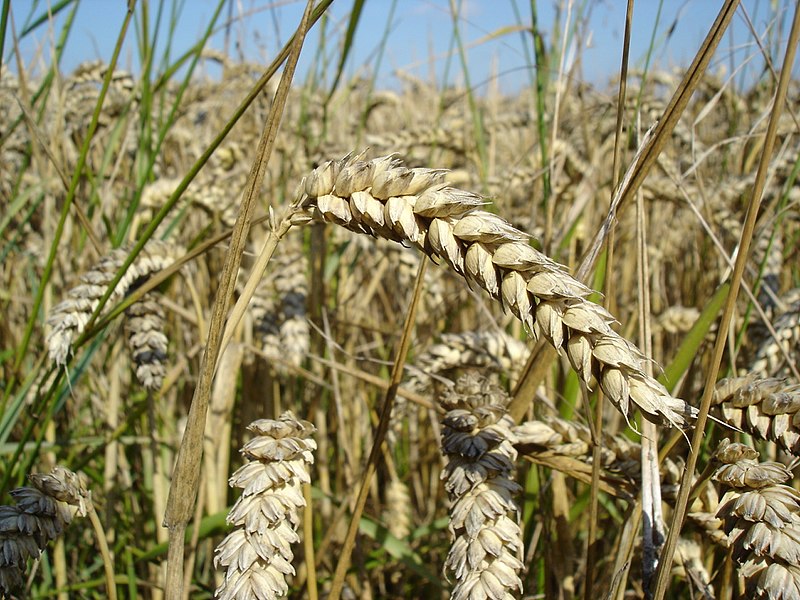
The USDA has attributed the rise in production to the initiative of the new government, which is driven to make Ethiopia wheat self-sufficient. This includes improved farm inputs and mechanization.
The rise in production still falls short of domestic demand, however, which is estimated at 6.3 million tons. One reason put forward to explain the rise in domestic demand is rising income level, the USDA said.
“In order to close the gap between demand and supply of wheat, the government has been continuously importing wheat from the Black Sea region for the last several years,” the report explained.
Corn production also is expected to increase in 2019-20 to 7.3 million tons, up from 7.25 million tons. The USDA said the increase is due to timely onset of the “Belg” season rain and better availability of improved seed supply. Consumption is estimated at 7.3 million tons as increased production drove the market price to a reasonable level.
“Millers used corn both separately as well as in mixed flour with other more expensive cereals like teff and wheat,” the USDA said. “Poultry producers are also demanding more corn compared to other cereals.”
Ethiopia is among the top three wheat producers in Africa, with wheat accounting for 20% of the nation’s total cereal production. More than 90% of Ethiopia’s wheat production is grown on small farms, most of which are in the highlands.
Ethiopia has more than 600 small and large flour mills, with a total production capacity of 4.2 million tons of wheat flour per year.
Source: World Grain



